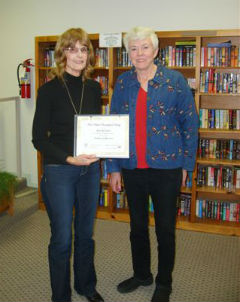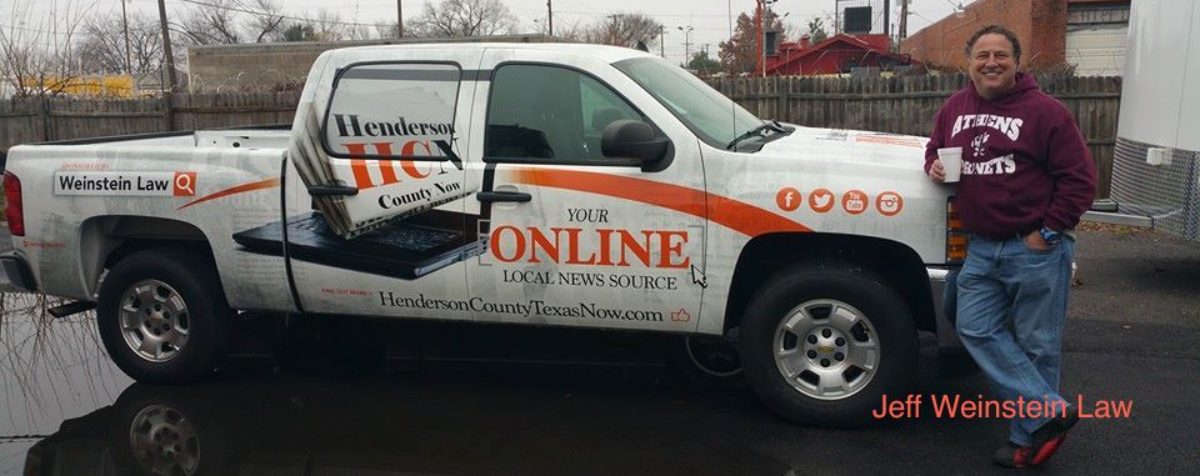 Mary Beth Haley has discovered some of her ancestors that were in the Oklahoma Land Rush. With this discovery, it peaked her interest and she had to learn more. Her research lead her to find out that there were four land runs.
Mary Beth Haley has discovered some of her ancestors that were in the Oklahoma Land Rush. With this discovery, it peaked her interest and she had to learn more. Her research lead her to find out that there were four land runs.
With the outbreak of the Civil War, the Five Civilized Tribes ( the Cherokee, Chickasaw, Choctaw, Creek and Seminole ) were dragged into a conflict which in the end brought them as much devastation as the great removal. There were wealthy Indian slave owners who sided with the Confederates. Differences among the Indians quickly flared into their own private Civil War. In the confusion they became victims of plunder and raiding on the part of both Union and Confederate troops scouring the land for food and supplies. By the time the war was over, many Indians had been forced out of Indian Territory. Scenes of desolation faced them when they returned to their land. They had been stripped of everything they possessed—tools, grain, and cattle. Their homes were destroyed, and their land had been burned.
In 1889 President Benjamin Harrison announced that Oklahoma Lands would be opened to public settlement.The unassigned lands were considered some of the best unoccupied public land in the United States. The Indian Appropriations Bill of 1889 was passed and signed into law with an amendment by Illinois Representative William McKendree Springer, that authorized President Harrison to open the two million acres for settlement. Due to the Homestead Act of 1862, signed by President Abraham Lincoln, legal settlers could claim lots up to 160 acres in size, provided a settler lived on the land and improved it, the settler could then receive the title to the land.
American Indians viewed the land run very differently than the settlers. While those who made the run saw the situation as an opportunity to claim free land, American Indians feared they may again lose even more land. In varying times during the nineteenth century, tribes had been forced from their ancestral homelands to reservations in present-day Oklahoma. Then, tribes were forced to accept individual allotments with the Dawes Act in 1887, which again reduced their land. The resulting land cleared of tribal ownership resulted in available land for the run.
The first land run started at high noon on April 22, 1889, with an estimated, 50,000 people lined up for their piece of the available two million acres in central Oklahoma. By the end of that day both Oklahoma City and Guthrie had established cities of around 10,000 people in literally half a day. As Harper’s Weekly put it “At twelve o’clock on Monday, April 22d, the resident population of Guthrie was nothing; before sundown it was at least ten thousand. In that time streets had been laid out, town lots staked off, and steps taken toward the formation of a municipal government.” Harpers also provided a vivid picture of what occurred. It documents the massive stupidity of federal policy with regard to the disposal of the public domain, but it scarcely more than hints at the tragic consequences to follow for the Indian Tribes who had been forcibly relocated to Oklahoma under solemn promises that their land would be theirs forever.
The second run took place on Sept. 22, 1891. A million acres were acquired by 20,000 people in another mad scramble. Practically every tract was occupied on the first day.
The third run took place on April 19, 1892. Four million acres were made available but the land was considered less desirable and a great deal of it was unclaimed six years later.
The fourth run took place on Sept.16, 1893 and it consisted of six million acres in the Cherokee Outlet, an area bigger than the state of Massachusetts.
Mary Beth was born in Dallas and grew up in Irving where she graduated from high school. She entered college in Arkansas where she also married. She received her B.A. degree at Southwest Baptist College in Boliver, Missouri. She taught school in Missouri for two years then returned to the Dallas area to work for the City of Dallas. Her husband retired from the Dallas Police Dept. and she from the City of Dallas Transportation Dept. They now live in the Cedar Creek Lake area of five acres with several dogs and cats.
